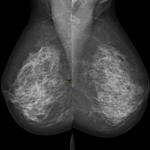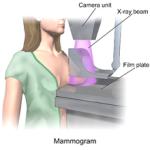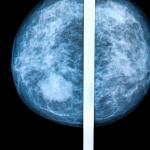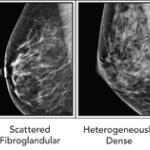Mammography remains the standard means of screening for breast cancer. For women with denser breast tissue, the superimposition of tissue may mask early tumors even for the most observant of radiologists.
mammography
The utility of mammography screening for breast cancer has been a bone of contention, but for some women it has been a life-saver.
Recently, we wrote about the challenges that women with dense breasts face with mammograms — the primary tool used to screen for breast cancer.
Breast cancer is the second most commonly diagnosed cancer among women (second to skin cancer) accounting for 29% of newly diagnosed cancers.
There are few medical decisions that have been more con
One of the more difficult health decisions facing women and their healthcare providers today centers on breast canc
The United States Preventive Services Task Force (USPSTF) stood firm to their 2009 recommendation that women should r
The age at which women should start getting screening mammograms is an ongoing debate.
It s hard to believe that anyone can not be aware of breast cancer (BC) these days, when the






